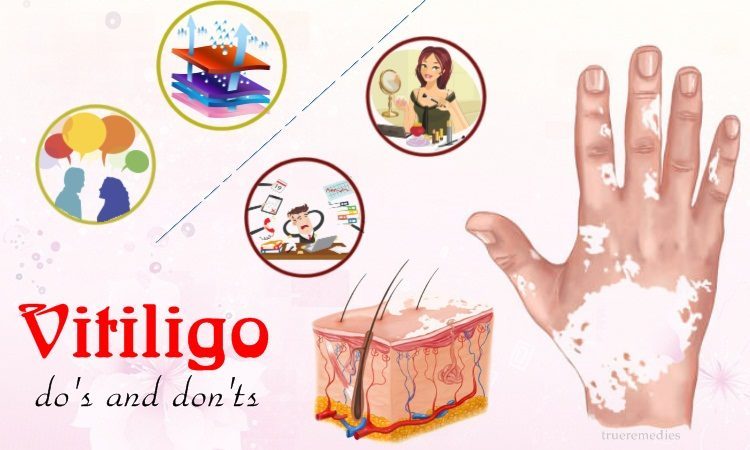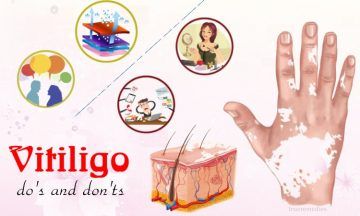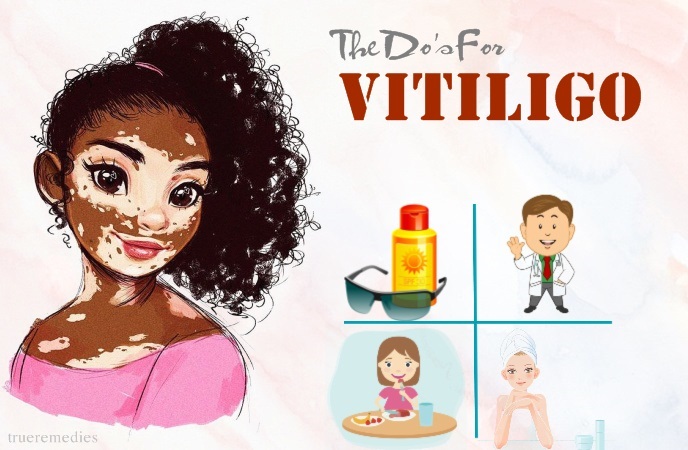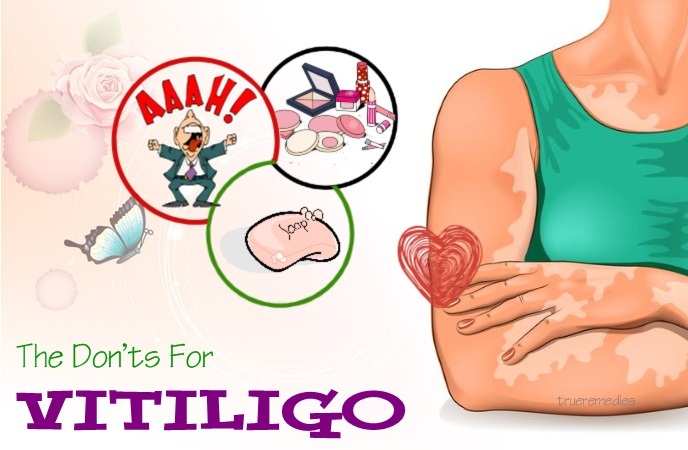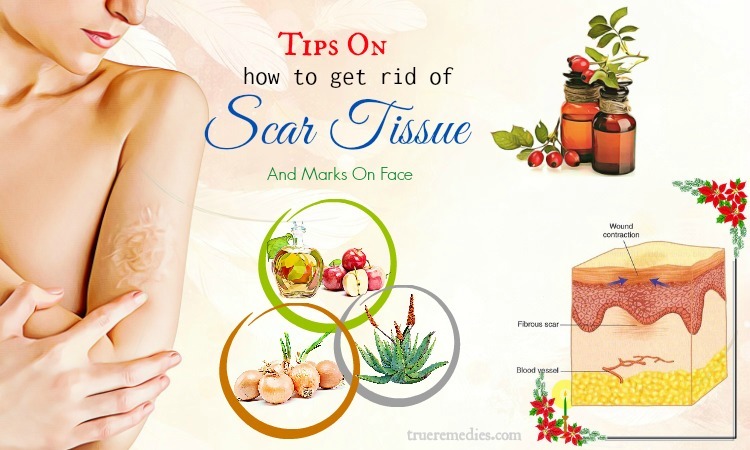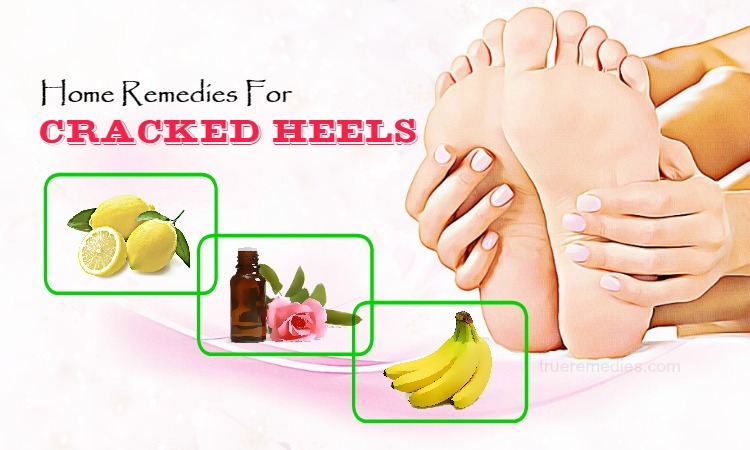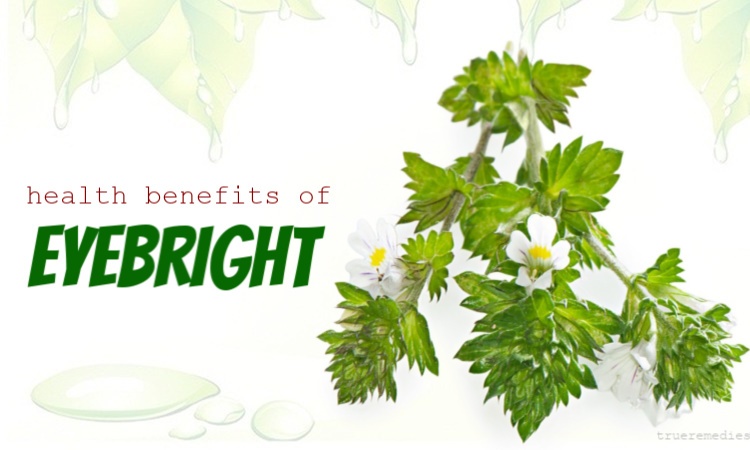Contents
Vitiligo is one of the most common skin diseases today, making the skin discolored in each area[1]. Until now, there has been no specific conclusion about the cause of the disease. Therefore, in addition to the treatment prescribed by the doctor, the diet and lifestyles also play a crucial role in helping to improve the disease quickly. Therefore, vitiligo do's and don'ts are a question of many patients. To solve this problem, TrueRemedies would like to share with you in the article below.
Top 10 Vitiligo Do's And Don'ts You Should Know
I. The Do’s For Vitiligo
1. Talking To People Like You
If you have vitiligo, we recommend talking to people with similar issues. By doing this, you will learn a lot of things like proper treatment, the best medicines, some things to do and not to do, and how to feel more confident with this disease? Making friends with these people will bring you some unexpected benefits.
2. Wearing Clothes Made Of Cotton
For people with vitiligo, choosing clothes is also a difficult task. You cannot choose the outfit for your favorites. Most dermatologists recommend that patients with vitiligo should wear clothing made of cotton and avoid artificially made fibers because of their poor moisture absorption. Besides, you should always keep your clothes dry, because wet clothes can adversely affect your skin. When you go out, you should also apply sunscreen and wear clothing and sunglasses to protect against ultraviolet rays from the sun. These sun rays have a negative effect on the skin for even those who do not suffer from vitiligo.
3. Having Proper Skincare Regimen
For patients with vitiligo, protecting the skin is extremely important. Therefore, during the dry season, these patients should use natural oils, such as sesame oil or olive oil, to protect their skin. The skin of vitiligo patients can lose moisture very easily. Therefore, these oils will help your skin retain moisture better.
4. Avoiding The Sun
This is one of the useful tips in the list of vitiligo do's and don'ts you should know. Direct sunlight can negatively affect the skin of people with vitiligo[2]. It can cause a rash on the skin, so you should limit the time of direct sunlight exposure. If you are required to contact them, you should apply a sunscreen with SPF 15+ to protect your skin.
TrueRemedies Partner Solutions

Need a Help from the Leading Expert Online, Available 24/7?
They’re all here and ready to answer your questions online or by phone. Keep asking questions until you get the answer you need.
5. Avoiding Skin-Related Injuries
When you cook, work, or play any sport, be careful not to get your skin scratched or burned. Scratches or burns on the skin will definitely make your treatment more difficult.
6. Eating Fresh Food
This is recommended for even people who do not have vitiligo. Eating fresh food will help your body absorb more nutrients and make your illness change positively. Also, you should also drink plenty of water to keep your skin healthy.
7. Seeing A Doctor
If your condition becomes severe, it is best advised to see a doctor or a dermatologist. They are professionals, so they will give you the best advice and solutions. At the same time, you will find ways to treat the disease effectively and safely.
II. The Don’ts For Vitiligo
1. Using Certain Cosmetics
The discontinuation of using certain cosmetics is a difficult thing, especially for women. However, if you have vitiligo, consult a dermatologist to find out what kinds of cosmetics you can use and must avoid. They will give you advice on what types of cosmetics to use and avoid and how to use them properly.
2. Being Stressed
Many people think that stress has no relation to dermatological diseases, including vitiligo. However, this is a common misconception that has been proven by dermatologists. Mental stress can make your symptoms more serious, and treatment will become more difficult. Therefore, you must always keep yourself in a refreshing spirit by playing some sports, practicing yoga, listening to music, or meditating.
3. Using Soap
Soaps help us eliminate harmful bacteria on the skin and make our skin healthier. However, for patients with vitiligo, soaps are not recommended, especially highly acidic soaps. Instead of using these soaps, patients with vitiligo should use non-acidic or glycerin-based soaps. Also, don't forget to apply a moisturizer right after showers.
III. Some Common Mistakes About Vitiligo
1. Being Able To Be Cured By Itself
Many people have a thought that vitiligo can be cured without any expert intervention, but it is a wrong thought. When a patient is diagnosed with vitiligo and does not get any treatment timely, vitiligo will be more severe.
2. Having Relation With Races
Many people believe that people get vitiligo because their parents belong to different races. In fact, vitiligo has no relation to races.
3. Only Dark-Skinned People Can Develop Vitiligo
Vitiligo affects all people in every race. However, dark-skinned people are still more susceptible to this disease than those from other races.
4. Only Affecting Certain Body Parts Like The Face And Hands
This disease can affect the whole body of a patient, such as the armpits, eyes, lips, and even the genitals. Similar patches may appear in all parts of the body.
5. People With Vitiligo Are More Susceptible To Other Diseases
This is also one of the most common misconceptions. Vitiligo is merely a skin condition, and people with vitiligo are as healthy as other normal people.
6. Can Be Cured With Some Oils
Some oils like olive oil will help to protect your skin, but they cannot cure vitiligo thoroughly. If you want to cure vitiligo completely, you must undergo some of the following treatments: surgical skin and cellular grafts, tattooing, UV light therapy, steroids, and medications.
7. Being Contagious
Many people think that vitiligo is contagious, so it is necessary to isolate patients from other people. But the disease is not contagious, and you can interact with vitiligo patients without worrying about anything.
In summary, vitiligo is a benign skin disease, which can occur at any age and sexes. The treatment is a long process that requires persistent coordination between patients and doctors. Patients need to maintain their spirit and avoid negative thoughts to make the disease worse. If you know other vitiligo do's and don'ts, you may leave your comments at the comment box. We will reply as soon as possible. For other useful articles about health and beauty issues, go to our News & Facts page.
Read more: 22 Easy Ways To Treat Skin Fungus On Hands & Other Body Parts. This article was medically reviewed/ fact checked by Dr. Millie Lytle ND, MPH.

